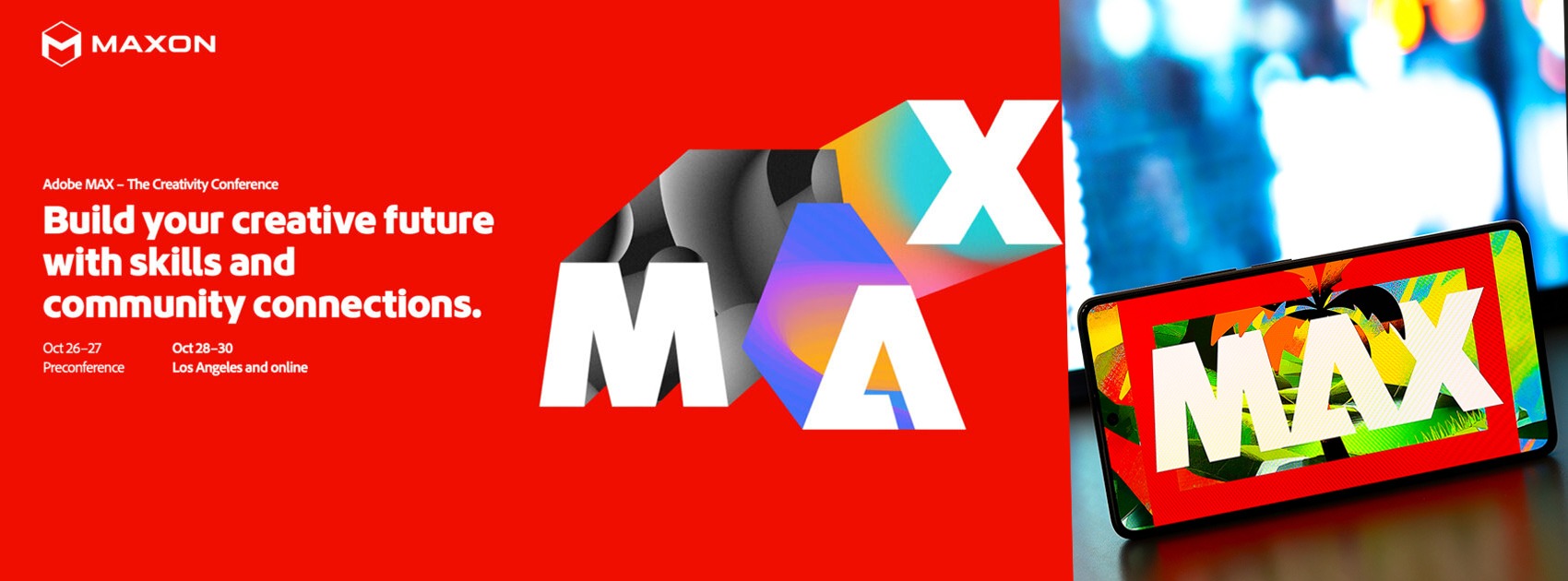Inevitably the media was been dominated by events in Downing Street this last month, and for me the standout highlight was the video of Larry the cat seeing off an urban fox, showing that at least one inhabitant of no.10 knew how to justify his salary. Otherwise the uncertainty of who was actually in charge from day to day rather masked at least one historic event in the halls of power, and one which may very well have more long term implications than the fate of a here today gone tomorrow politician to quote a famous interview.
The House of Lords, that venerable estate often referred to as god’s waiting room, and sometimes more attune to nineteenth century ways than those of the twenty first, had a truly extraordinary guest speaker - a robot. Not just any robot, but Ai-Da, claimed to be the world's first ultra-realistic humanoid. Ultra realistic - seriously? Despite the attempt at an empathetic face and an occasional blink, with a mechanical arm and a claw hand, she/it looked a lot more like a subtle attempt at assimilation by the Borg. I doubt Captain Jean Luc Picard would have been fooled for a second if she had stood on the bridge of the starship Enterprise.
The Lords however gave this thing due respect and recognition to the extent that when it was asked a particularly awkward question it fell silent and just looked at the floor, leaving many to assume it was actually the new prime minister.
In fact Ai-Da is an artist, according to her creator, using Artificial Intelligence to produce original work from a learning algorithm, and there is no doubt that some of the creations are quite stunning visually, but as I discussed last month there are many in the arts, including photography, uncomfortable with this process and questioning whether it can be truly creative. It is a debate that will run deep as it has philosophical as well as technical aspects.
We are all familiar with computer generated images on the screen, when wobbly sets and dodgy stunts were replaced with impressive artificially created characters and backgrounds. But those techniques have now enabled facsimiles of people very hard to distinguish between the truth and the fraud, at least at first glance. While many are created for amusing cameos on social media, there are of course troubling implications for a future separating fake from reality.
This not only affects the visual arts but I keep getting paid electronic ads for automated blog creators that can spew out algorithm based nonsense in seconds like a sausage factory. I suspect some of the press releases we receive use these systems as I can never decipher what they are about, containing as they do too many adjectives and very few descriptive nouns. There’s one promotion with a real person’s head and the title ‘This tool writes copy for you’ proving that a machine lacks a sense of irony or understanding of the double entendre.
At this point I should assure readers that this column is not only written by a human being, but checked for sense and spelling by another one, and laid out by a third. Now this may seem like a great waste of human resources, but at least if you don’t like it there is a someone you can complain about, and hold to account.
I may be shouting against the wind, but if you have followed this column you will know that my argument is not against the use of AI itself, but the possibilities of misuse of it. In the last century the science fiction writer Isaac Asimov introduced a law of robotics to be installed in the brain of every thinking machine - that no robot could cause harm to a human, or allow harm to be done to one. Stories and films that followed speculated that the machines would become so smart they would plot against their creator and take over. The reality is that we are much more likely to let them take over through ignorance and laziness.
continued...
Quick Print Pro, November 2022:
https://issuu.com/magazineproduction/docs/qpp_november_2022/14



.jpg)




-2025-11-19-10-50-51.jpg)





